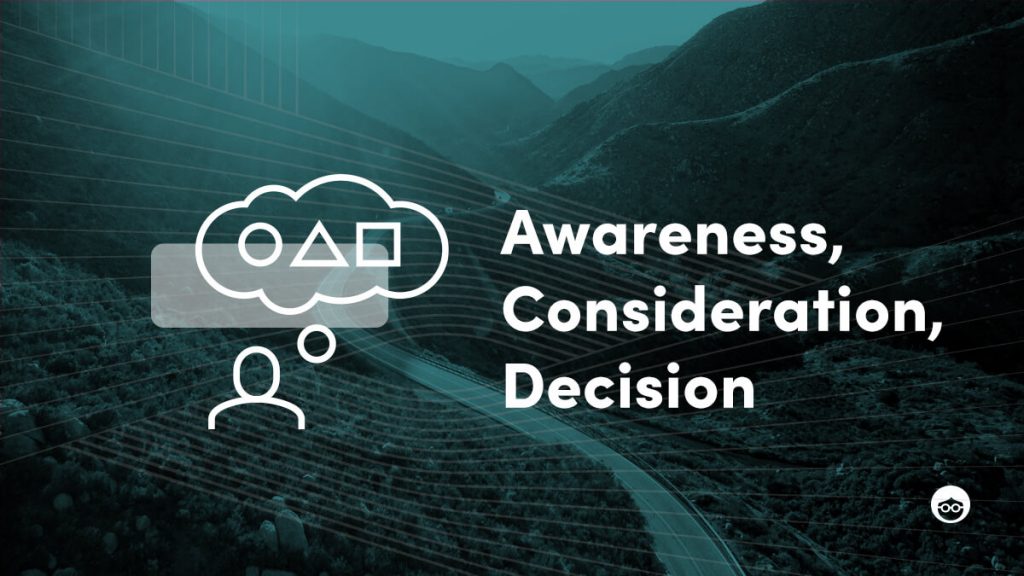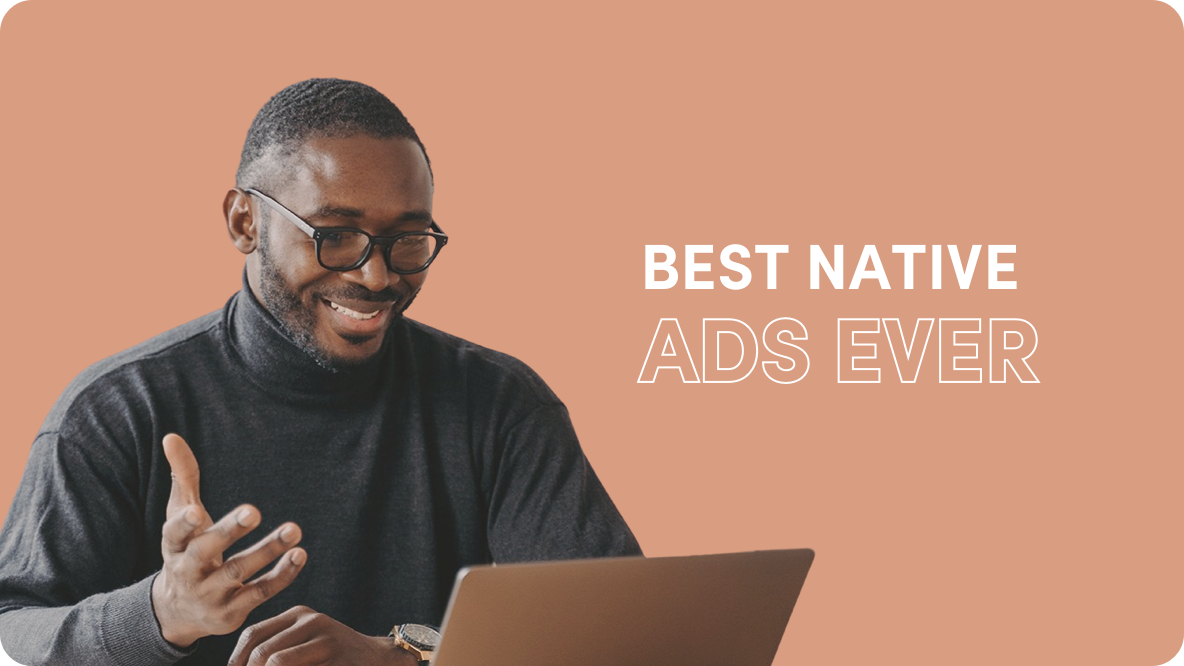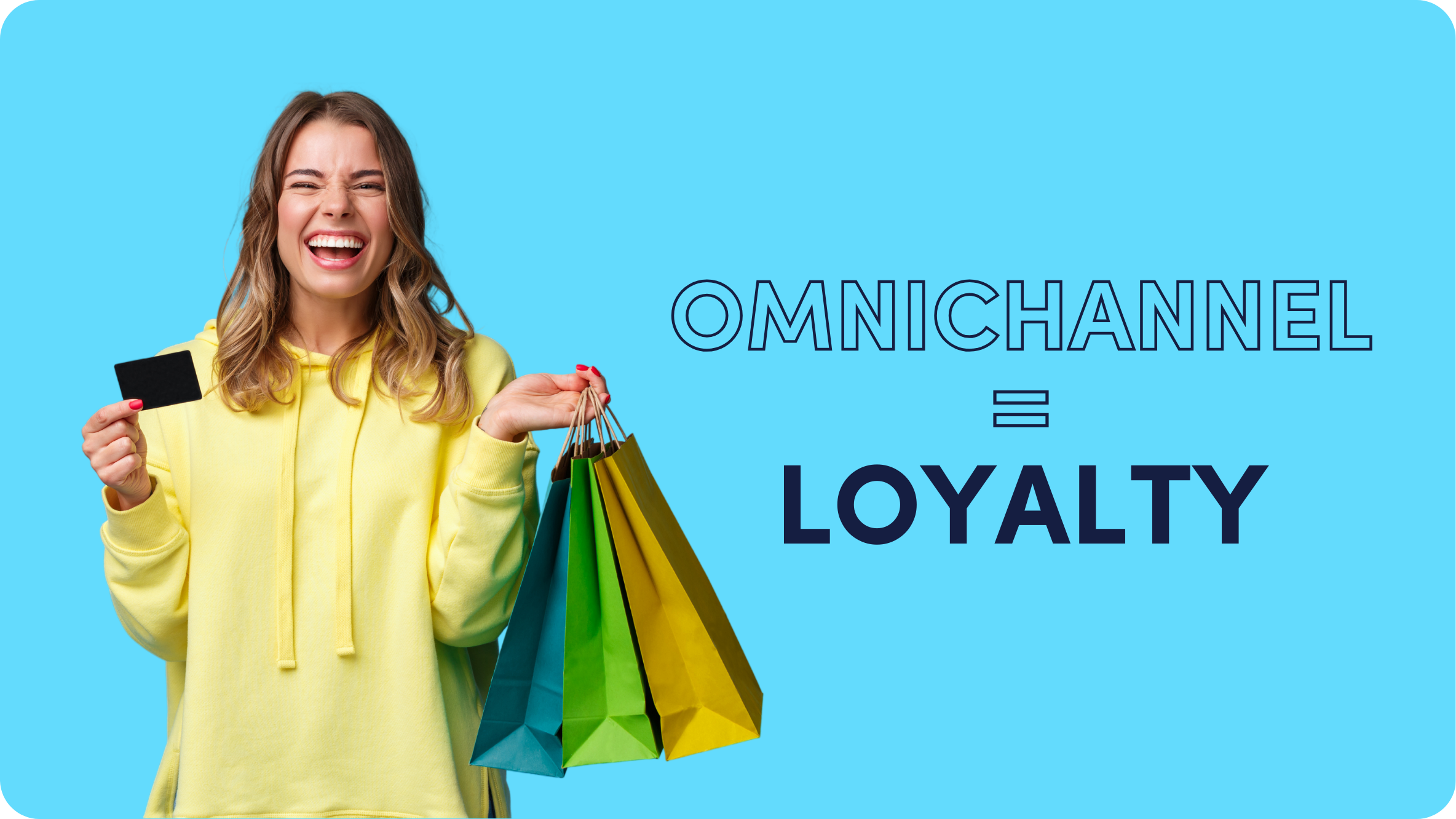How to Align Native Advertising with Your Buyer’s Journey

Native advertising is becoming more and more popular in the advertising industry. When done right, it delivers cheaper traffic and more qualified leads. Why does it happen? The answer is simple – native advertising is all about value. At least, it’s supposed to be so.
The initial idea of native ads is to provide non-intrusive units that offer useful branded content, without hurting user experience. And when these criteria are met, both advertisers and customers enjoy the benefits of this advertising method.
Unfortunately, very few marketers know how native advertising differs from other types of advertising. And even fewer marketers are able to leverage this knowledge when creating their campaigns.
Understanding your target audience, their needs, pain points, and interests is crucial for the success of your campaign. Although it’s the leitmotiv of every marketing ‘how-to,’ it’s still overlooked by many advertisers.
When scrolling down another top story on a premium publisher’s website and seeing all the paid content recommendations from brands targeting you, how often do you think it could be relevant to you? How was this content supposed to lead you to their conversion funnel?
The main problem of those ads is that the person that will see their ads is not considered. The buyer’s journey is not considered. And without it, they can’t select the right targeting options, develop a high-converting landing page, and create an engaging native ad.
So how to avoid this mistake and align your native advertising campaign with the buyer’s journey? Read on to figure it out.
How the buyer’s journey affects your native ad campaign
The buyer’s journey represents the stages your potential customer moves through from acknowledging a problem to finding the best way of solving it.
It consists of three main stages – awareness, consideration, and decision.
During the awareness stage, your prospects need a helping hand to understand where their problem comes from and discover the ways of addressing it. The consideration stage brings them closer to the topic, they investigate different solutions and ask questions. In the decision stage, they already know what they want and how they’re going to achieve it. They already have a few products or companies in mind and need to understand which one is the best for them.
For different niches, this process can take from a few minutes to a few months.
The best thing about native advertising is that it can be useful at any stage of the journey. Whatever message you want to deliver, native advertising will help you put it in front of the right audience. Just define what kind of message it should be and who the right audience is.
So, your campaign setup will highly depend on the stage the target audience of this specific campaign is in. Let’s move on to see how it’s implemented in practice.
Defining the buyer’s journey
To define your company’s buyer’s journey, you should understand customers. How are your buyer personas?
Look at your existing customers’ profiles. Who are they? What companies do they work at? What do they have in common? Try to generalize your ‘ideal’ prospects’ characteristics and create a few buyer personas based on your customers’ most common features.
Here’s the example of one of the buyer personas of a dance studio:
While defining your buyer personas, think of the stages they go through before they learn about your brand. For instance, Amanda sees an ad for this dance studio on one of her favorite social media platforms. As it’s important for her that the studio is spacious and comfortable enough, she checks their Instagram profile and gets quite encouraged. What about the schedule? It’s crucial that the studio display their schedule on their website, as very few people will bother to call them. Having checked the class schedule and prices, Amanda recalls Black Friday is around the corner. To get notified of the studio’s special offers, she agrees to sign up for a text message subscription.
Of course, it’s just one example of the many ways the story could go. Still, it fully illustrates the importance of providing all the necessary information your customers might need on their way to a decision.
Whatever type of content you produce – it supports your buyer’s journey. And its main aim is to lead your prospects from the awareness stage to the decision stage. So, even if you create first-class educational articles and whitepapers, you won’t go far without landing pages that tell about your product or service, and vice versa.
Native advertising & the buyer’s journey
Let’s go back to your native advertising strategy.
What do you want to achieve with your native advertising campaign? In general, there are three basic goals that can be divided into more specific ones:
- Build brand awareness. Native advertising is an effective method to distribute top-funnel content and increase your online visibility.
- Attract leads. Do you want to get more email subscriptions, app downloads or demo requests? A well-thought-out campaign will help.
- Drive sales. Native advertising campaigns result in an 18% higher lift in purchase intent than traditional banner ads, so why miss the chance?
You can’t help but notice that each of these goals relates to the corresponding buyer’s journey stage. Depending on the goal you set, you’ll be targeting people at different stages of the buyer’s journey. And here’s where it gets interesting.
Awareness stage
Great, you decided to launch a native advertising campaign to reach new audiences. How can you achieve this goal?
First of all, you need the right content. What are you going to promote? We recommend that you go with a ‘how-to’ post, a glossary, or a trending story.
Is it your recent blog post? Are you planning to create a new article specifically for the campaign? Regardless of the option you want to go with, it’s essential that the content meets the following criteria:
- Quality. You’ll be paying money for this content to be seen, so make sure it’s a worthy piece.
- Value. Most of the people seeing your ad haven’t heard about your brand yet. Why is this article interesting to them? Why would they click on the ad?
- Relevance. The content you share should also be relevant to your brand. Although you shouldn’t be promotional (leave it to the consideration and decision stages), the topic should bring a visitor closer to the essence of your brand.
After you selected the content for your campaign, mind that your ad headline should be not only engaging but also simple and clear. Setting unrealistic expectations, you’ll attract broad audiences and pay for clicks from people who won’t interact with your content afterwards.
The next important step is understanding who you’re going to target. Have you ever been running paid campaigns before? What are the demographics that work best for you?
As you want to reach more people and build brand awareness, we recommend that you go with the basic targeting options. Exclude irrelevant audiences configuring audience locations, device types, or interests. Split your campaigns by different variables to tailor campaign content for different audiences and see which demographics you should focus on.
Later, when your campaign is live for some time, you can also check out how your campaigns perform on different websites and exclude the least productive ones.
So what does a great native advertising campaign for the audience at the awareness stage look like? This Centrum campaign is a good example:
After you scroll through an interesting story on your favorite website, you see the widget with content recommendations tailored for you. The post called ‘12 Ways To Replenish Your Emotional Energy And Feel More Positive’ will be appealing to anyone who knows what being an adult is like. You click on the ad and come to the article with actionable tips for becoming happier. The only phrase featuring the company that sponsors this post is the ‘in association with Centrum’ disclaimer above the headline. Regardless of whether a reader clicks through the company website, they’ve already remembered its name and formed a positive brand perception. Isn’t it the main goal of a brand awareness campaign?
Consideration stage
Lead acquisition campaigns are the most popular ones. Everyone wants to push their landing pages a bit and get hundreds or thousands of leads that are almost ready to finish their customer journey. But how is it achieved?
Again, let’s talk about the content. What should you choose at this stage? In the consideration stage, your audience wants to delve into the subject, get more educated, and become as close to the solution of their problem as possible. It’s your chance to give them what they want in exchange for their email address or other contact details so that they come right to your sales funnel.
If you offer whitepapers, webinars, or free courses, promote them with your native ad campaign. It’s also a good idea to go beyond ‘traditional’ content and offer quizzes, games, or contests. These content types can be more appealing to your audience and deliver better results than traditional content.
When trying to attract leads, you’ll need to narrow down your reach to people who can be interested in interacting with your brand. These people are still not ready to make a purchase, but they already want to look into the options brands offer. So, when it comes to targeting, you need to go for a higher level of granularity.
The best option will be to segment the audiences based on the topics they like to read about or create lookalike audiences – the second option will let you target more people rather than limiting your reach to people that interacted with your site previously. While different native ad networks provide different targeting options, some of them also let advertisers configure more advanced demographic and intent segments.
For instance, Outbrain targeting options allow you to create custom audiences and run effective retargeting campaigns. To reach your prospects at the consideration stage, you can retarget your website visitors with an appealing offer, such as a giveaway, free trial, or a questionnaire.
And here’s a campaign that will definitely attract the attention of people looking into selling their property.
Aroundhome launched a campaign aimed at capturing prospects’ emails. The company was promoting a calculator that helps owners understand how much their property costs. After you go through all the questions, you’re offered to send the result by email. Pretty straightforward and effective approach, isn’t it?
Decision stage
If you want to do native advertising to drive sales, you’ll need a more targeted approach.
In this stage, your promoted content should be talking about your product or service. Here you can’t be overly promotional.
Here are some best practices for ad creation:
- Mention the price points in the title. This will help you set the right expectations.
- Try to add the CTA to the title.
- If you offer a product, show it instead of using another stock image.
- Denote your competitive advantage. How will people benefit from clicking on your ad? Is it a special offer? Give them the reason to click.
While creating an engaging ad is important, it’s crucial that the landing page content aligns with what your ad promises. Otherwise, you’ll be spending money on clicks that never result in conversions but in a high bounce rate.
Customers are 43% more likely to convert when they’re retargeted. It’s extremely effective to target users who have previously interacted with your ads or specific webpages.
Babbel’s native ad campaign seems to be having all the essential elements of a successful paid campaign – from denoting a benefit in the title to offering a free trial on their landing page (and I can assure you that the targeting is also done right).
Summary
Native advertising is effective at every stage of the buyer’s journey. But to enjoy the benefits of this advertising approach, you need to understand what stage the target audience of this specific campaign is going through. Once you find the answer, you can move to the campaign creation process and follow our tips to make the most out of it.












